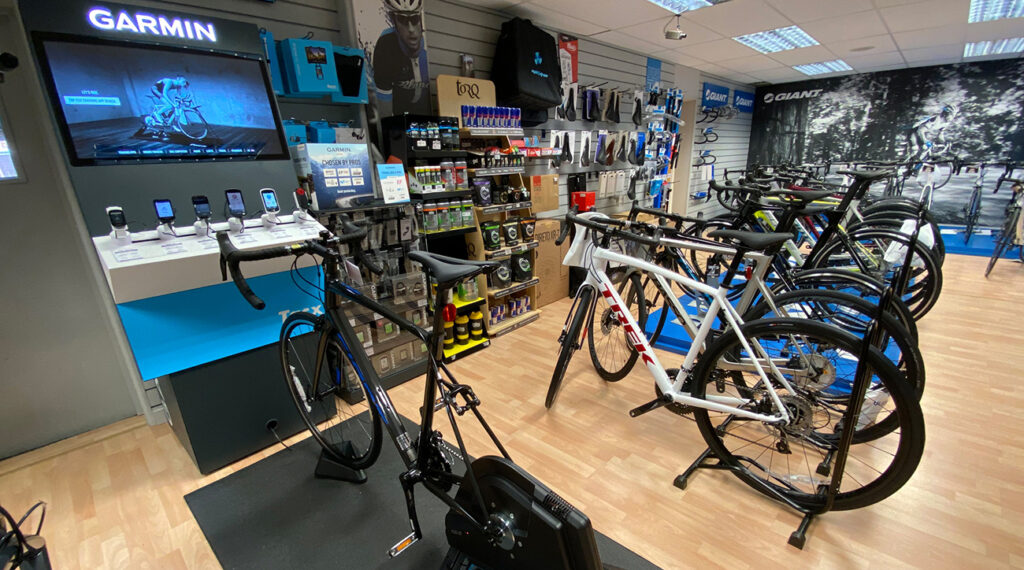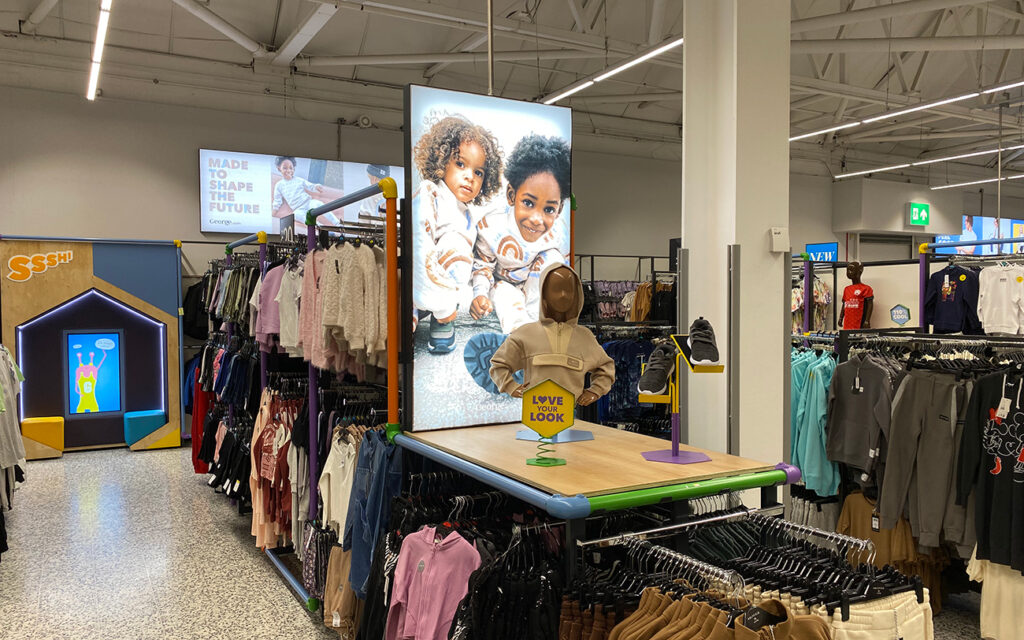retail experiences
The psychology of retail experiences

We know that the shopper journey today is complex, switching seamlessly between on-line and instore. Retail has had to change to an ecosystem of physical spaces and digital consumption. The purpose of stores extends far beyond displaying, selling products and services.
Shopper behaviour has driven the need to merge social interactions, fun, entertainment, and learning experiences.
Physical retail stores are a key ingredient in a wider system of shopper experiences that must connect seamlessly at all touchpoints.
So what goes into a physical retail experience?
To the untrained eye of most shoppers, it may appear as a few shelves, a nicely dressed shop window, or a place in a shop where they can try things out to maybe get a sense of what a product feels like or how it works out of the box.
If only life were so simple!
In reality, few shoppers realise the extensive thought and planning that goes into the design of these displays. Fewer still realise that skilled retail display designers use tried and tested psychological tools specifically to attract shoppers, engage their attention and convert sales.
We use our Attract, Engage and Convert framework to guide shoppers through the physical store and enable them to relax, enjoy and spend time finding the right product or experience that’s relevant to them.
And we’re not just talking aisle end impulse purchase racks, 2 for 1 offers or BOGOFs – all of which have been around since the dawn of retail time.
Let’s be honest: use of psychological techniques is certainly not new in retail any more than it is in advertising in general. Or indeed in any other sectors.
No sir. Today’s high performing retail displays are complex and sophisticated solutions designed to engage shoppers and keep them coming back for more – an important consideration in times when many consumers may be facing more strain on the purse or wallet than usual.
So how does it work? And what are these clever psychological methods used by leading retail designers as they conceive ever more experiential displays to engage shoppers?
In this blog, we look at a few interesting examples of how psychology principles are used to make retail displays and experiences ever more successful and engaging.
Prepare and Prime
We’re all familiar with the enticing aroma of a Cornish pastie or French baguette as we meander through a shopping mall or wait for a train at the railway station.
This often-used technique of appealing to the senses is known in the retail landscape as priming. Subtle priming techniques include unobtrusive stimuli which (in a retail environment) are designed to entice customers into investigating and potentially purchasing products, sometimes on an impulse basis but also to kick-off a longer buyer journey.
Give and take
The concept behind “give and take” psychology (also known as reciprocity) is simple: if a retail display is inviting you to partake in a sample or is offering something of value to you (a slice of pie, a try out on a bike simulator, a beauty makeover, a sip of a smoothie or juice), then there’s an implied expectation that you’ll offer something of value in return.
That ‘something’ might be nothing more than your email address.
Cleverly designed retail experiences use this technique in numerous – and often very sophisticated – ways which involve subtle persuasion to engage with the brand further and potentially go on to make a purchase.

As well as physical product ‘try-outs’ which can involve a competitive edge, give and take psychology is also used in cosmetics displays which often feature beauty consultations and using products to match hair colours and skin tones, with the option to receive a free makeover. The ‘reciprocal’ is for shopper to go on to make a purchase afterwards – not always a 100% certainty, but using data and analytics, retailers know what proportion of conversions they need.
Provoking emotions
Ahh, emotions. The perennial favourite.
Emotions play a big part in how all of us make our decisions, and a retail display designer knows this as much as anyone.
By inducing an emotional response such as joy, excitement, curiosity or instant gratification from a display experience, retailers are aiming to draw us in to generate further engagement and sales.
Retail experiences can be designed to appeal our natural curiosity for how a product works and behaves in a close-to-real situation. Thus giving shoppers a reason to visit stores!
Wayfinding to stop and hold shoppers
When designing complete in-store display and layout solutions, implementing a wayfinding strategy is essential to keeping shoppers relaxed and happy, making them more likely to purchase. Layering in display technology to pull shoppers first into store, and then guide them further through the store using wayfinding techniques.
These techniques link directly to what Neuroscientists have identified, how the brain helps us to filter out unwanted background noise or other distracting sensory stimuli. Designers can use this thinking to develop areas in store that can be calming and easily read through brand colour blocks, removing excess products, and creating clear destinations. Asda George Evolution of Fashion is a great example.

How does this enable shoppers to slow down, pause on their journey, and create opportunities for them to engage with specific displays where they can interact with products?
By creating clear spaces, intrigue, interest, and engagement that stops and holds shoppers through another technique known as Speed Bumps.
Speed Bumps involve positioning displays at important locations in store to momentarily divert shoppers from their intended route. In this way, they can be interested by other engaging displays that show off equally compelling products.
Product Clustering
Another psychological method used in retail is clustering. Most humans can only retain 6 or 7 key pieces of information at any given time, and this can cause issues for retailers wanting to convey multiple messages about their product.
A clever way around this problem is for complementary or similar products to be positioned in clusters.
For example, personal beauty or grooming products in a range or category can be displayed together in a ‘lift and learn’ cluster, which then means that shoppers can see, touch, feel and experience different items and decide which one is best for them.
Displayplan developed an award-winning play table display experience concept for Boots. Our brief was to showcase all Boots’ electrical beauty products in one area, using an integrated blend of digital and physical displays as a one-stop in-store destination for the full electrical beauty product range.
Community and social affirmation
How often have you been asked a question like “Do I look good in this?” Or how many times have you put a question like that to someone you love or whose opinion you value?
Most of us need to feel a sense of confidence before we decide to buy something, particularly if it’s a fashion item. There’s nothing quite like social affirmation from friends and family to give us a sense that we’re making the right choice.
Brand affirmation has a special value within a known community group.
In fact if you think about it, word-of-mouth recommendations (now as much voiced via online recommendations as much as verbally) are key drivers of purchase decisions according to Forbes, who state “between 50% and 91% of all purchases are influenced by word-of-mouth in some way”.
To respond to this trend, many retail stores are encouraging shoppers to try products (particularly clothing) in-store, then post photos direct on social media asking for opinion. This can be done via QR codes in real time using smartphones
Next steps
If you’re a retail brand or marketing exec looking to inject some psychological design thinking into your display designs, speak to Displayplan about how we can create the perfect in-store experience for you. Contact us today.
